Lhangtso Lake has dark blue coloured water, the lake looks beautiful but it has highly salty water which is prohibited to drink. Lake is considered as the inauspicious and called as Ghost Lake as this lake is associated with a number of stories. This lake is located in Pulan Country at Nagari prefecture and at a height of 4574 meters.
Previously Lhanatso lake and Mapam Yumco lake were one lake only, later the lake got descended from middle part and got split into two different lakes. A lengthy channel Ganpa chu, connects the lakes together, which is bit elevated and usually dry. Both the lakes looks beautiful, but are in different shapes. The Mapam Yumco also known as Mansarovar lake is circular shaped and symbolises sun, purity, good and brightness having sweet water whereas the other also known as Rakshas and is Crescent shaped and also called as toxic black lake, its water is extremely salty and considered inauspicious to drink and even to touch, it symbolizes bad, impure and darkness. Local people believe that on one fine day the water of Lhanagtso will turn sweet and golden and red fishes will reside in the water.
This location is usually crowed with a lot of foreigners every year. The site has amazing scenic beauty, red mountains surrounding the area and the small pebbles all around looks like a sheet of silver coloured silk covering the ground. As there is no vitality it gives a feeling as you are standing on the universe edge, there is no vegetation, no cattle etc. Though it’s not visible but local people believes that both the lakes are interconnected and also that there is a universe connecting Mansarovar lake. The other story says due to the bad deeds of Ravana Lord Shiva angrily trapped Ravana in the lake and covered it with the burning sun, as a result one lake is circular as that of sun and later on when Ravana apologized for his mistake, The Almighty freed him.
Legends of Lhanagtso Lake
According to some people it is the place where the Lankapati Ravana worshipped lord Shiva who resides in Mount Kailash in order to get more empowered. He desired for more super powers and being the prominent disciple of lord Shiva he stood up on one leg and started worshiping. It is being said that he used to offer one head every day to the lord as a tribute and finally managed to impress the lord and his wish was granted. In the happiness of this all incident Ravana created the lake Rakshas or somewhere it’s called as Ravana itself or Tibetan call it Lhanagtso.

Ravana created the lake Rakshas or somewhere it’s called as Ravana itself or Tibetan call it Lhanagtso
In some parts, it’s said that God has created these lakes as good and bad, calm and stormy because it will inspire the mankind and to make them understand about the darkness and the brightness of our deeds as one lake is with pure fresh water and the other one is dark non-drinking water. Likewise a lot of said stories and myths are there related to this beautiful lake but it is a worth visiting site to explore the unique and creative side of nature.
Tourist Attractions around Rakshas Tal
Mount Kailash
This holy mountain is considered an important pilgrimage by Buddhists, Hindus, Jains. According to ancient texts it is said that Mount Kailash is the center of the world as per the geographical significance within the radius of 30 miles there are the sources of holy rivers like Sindhu in the north, Satluj in the west, Brahmaputra in the east and in south Karnali, to Ganges, the largest tributary.
There are five monasteries surrounding Mount Kailash: Choku Monastery, Drirapuk Monastery, Dzultripuk Monastery, Gyangzha Monastery and Selong Monastery. The first three monasteries are found in outer kora while the rest two are located in the inner kora. Every monastery has different history and many associated stories. These monasteries offer accommodation to the needed pilgrims and trekker. These monasteries are beautifully decorated by sculptures, various murals, thangkas and other cultural symbols.
Mansarovar Lake
This is considered as the holy lake, many Hindu pilgrims drink this water as its believed to be the pure holy water which cleans all the sins committed .The full circumambulation of this lake is around 60 kilometres on foot and takes about two to three days to complete the full circle. This lake is a great attraction for the tourists and a lot of pilgrims from Tibet, India, Nepal and other countries. It holds a great importance for Buddhists also as its believed that Maya took bath in the lake before conceiving Buddha. Similarly it is important for Jains as per Jain scriptures it is said that at this place only the first Tirthankar Bhagwan Rushabhdev attained Nirvana.
Khorzhak Monastery
It is a Buddhist monastery located in Burang county of Ngari prefecture in west Tibet. It is situated in the North east side of Indian border. This place is popular in Hindus as Kojanath. This monastery is located on the bank of river Karnali. Its walls are painted red with mantra Om Mani Padme Hum.
Guge Kingdom
This kingdom is located in western prefecture of Ngari. This kingdom holds a long history of 700 years. It was founded before 10 century by Tobo Dynasty, later it disappeared mysteriously. This is situated on the slope of the mountain at the height of 300 meters, and this kingdom still holds the relics of palaces, monasteries, houses and caves showing the prosperity and decay of the kingdom.
Lake Of Banggonk
This lake is 150 kilometres long and 5 kilometres wide with five meters of narrowest section. It is also known as Ngangla Ringbo Lake which means long neck goose as it has the narrow part in its shape.Tourists can go up to the lake through vehicle as there is a highway besides the southern bank of the lake.This lake has several islets as a habitat of many species of the birds.
Best Time to Visit
Best to visit this region is April to mid-June and September to October, as at this region winters arrive early in comparison to the other parts of the Tibet. Besides during these months there will be extremely cold and the hills and mountains will be covered with thick snow and ice and may prove dangerous for hiking and trekking in Tibet. It is suggested booking for your tour three months prior as that is the peak tourist season for Mount Kailash and you may not find any good accommodation there. At this period mostly Indian pilgrims are there for Kailash Mansarovar yatra.
How to Get To Lhanagtso Lake
From Mount Kailash to Lhanagtso Lake or Mansarovar Lake, it is hardly one kilometre. People reach here while coming from Mount Kailash to Pulan County as these lakes lies on the way.
Where to Stay
In Pulan County, there are some hostels which are safe and healthy in terms of food. Near wusi mountain there is a village which is around 30km away from the Lhanagtso Lake. These accommodations provide only basic food and facilities. Suggestions are to carry some food in advance as you may not get many things further.
Most Recommended Tour Itinerary
Day 1 Lhasa Arrival
The journey will begin with the arrival in Lhasa. Take rest for the day and indulge in sightseeing in Lhasa for two days to acclimatize your body.
Day 2-3 Lhasa Tour – Potala Palace, Johkang Temple, Barkhor Street, Drepung and Sera Monastery
Visit the important tourist attractions in Lhasa like Jokhang temple, Potala palace, Drepung Monastery, Sera monastery and indulge in shopping in Barkhor Street. Enjoy your stay in Lhasa and take rest overnight.
Day4-15 Shigatse via Gyantse Tour – Gyantse kumbum – Mount Nyenchen Khangsar – Yamdrok tso – Pelkor monastery
The following day we will get out on our journey to Shigatse via Gyantse. On the way we will come across the famous Gyantse kumbum, Mount Nyenchen Khangsar, Yamdrok tso, Pelkor monastery and many such other interesting sites. You will reach Shigatse after about nine hours covering a distance of 360km. take rest for the night.
Day 5 Tashilhunpo Monastery – Gyatsola Pass – Gawula Pass – Everest Base Camp – Rongbuk monastery
In the morning, visit the famous Tashilhunpo Monastery and then set out for your journey to the Everest Base Camp. On the way, you will stop at Lhatse for meal. Then continuing through the Tsola Pass, Gyatsola pass and Gawula Pass, we will finally reach Everest base camp region. We will stay overnight in Rongbuk monastery.
Day 6 Mount Everest – Mount Shishapangma – Saga
In the morning, we will witness the sunrise in the Mount Everest and head straight towards Saga. On the way, you will get to see Mount Shishapangma, world’s fourteenth highest peak and the lake Peiku tso, a lake having turquoise colour. We will also be able to see wild deer and antelope. On reaching Saga, we will stay in some local guesthouse.
Day 7 Saga Valley – Mayomla Pass – Mount Naimonyani – Lake Manasarovar – Mount Kailash
In the following day, we will make a journey from Saga to Darchen, via lake Manasarovar. The total distance of the journey will be 450 km. You will get to witness the beautiful Saga Valley and witness Mayomla Pass. You can also enjoy the famous Mount Naimonyani and then finally reach the southern foot of Mount Kailash by passing the famous lake Manasarovar. We are required to stay overnight in local guesthouse.
Day 8 Darchen – Sarshung Valley – Lachu Valley – Mount Kailash – Drirapuk Monastery
The following day, we need to travel from Darchen to Drirapuk. The trek will include a distance of 13km while driving includes 7km. The travel occurs via the Sarshung valley. From the Sarshung valley, we will take the yaks and the porters and trek via the Lachu valley. After enjoying the western and northern face of mount Kailash, we will finally enter Drirapuk monastery. In Drirapuk monastery, we will stay overnight.
Day 9 Drirapuk – Dromala Pass – Zutulpuk Monastery
The next day, we have to travel from Drirapuk to Zutulpuk monastery. The total trek distance is about 18km. In the trek, we have to pass over the highest pass namely Dromala Pass. On the way to Zutulpuk monastery, you will see the pilgrims prostrating in the kora route. After reaching Zutulpuk monastery, stay overnight there.
Day 10 Zutulpuk Monastery – Darchen
The following day, you have to return from Zutulpuk monastery to Darchen. The trek distance will be 7km and the driving distance will be 5km. You will see many piles of Mani stones on the route. The trek will get around noon. We will rest in the lodging.
Day 11-15 Darchen – Saga – Sakya – Shigatse – Gyantse – Lhasa
From the following day, we will commence our return journey. First we will visit Saga from Darchen. Then on the next day we will travel Sakya from Saga and likewise we will reach Lhasa via Shigatse and Gyantse.
>> Most Recommended Tour Itinerary: 15 Days Kailash and Manasarova Small Group Tour
.jpg)





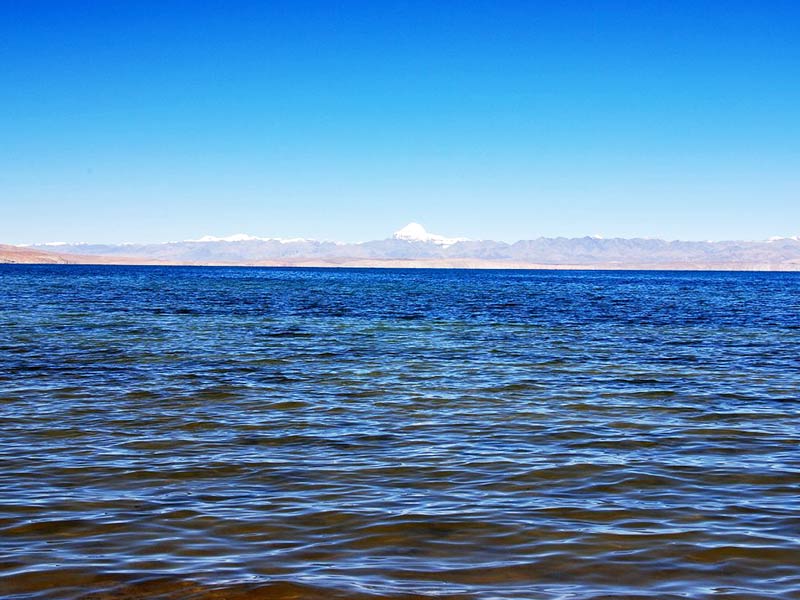
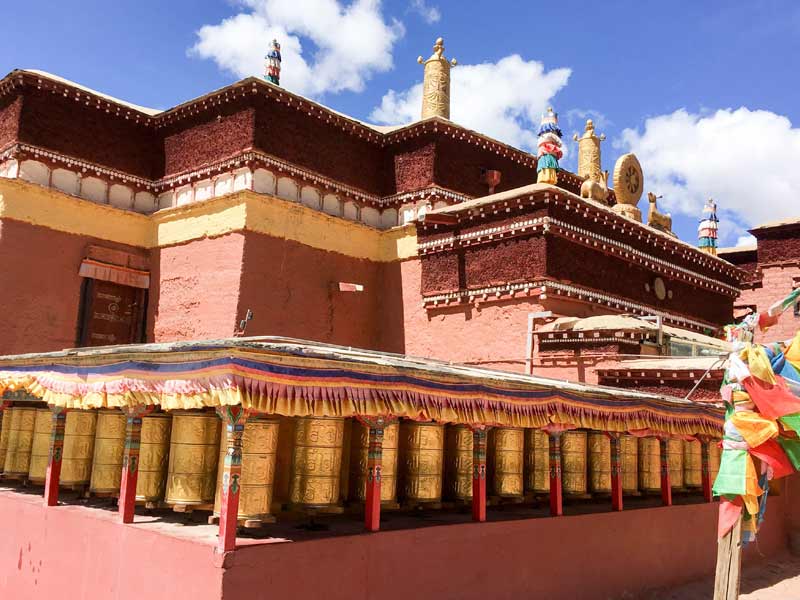
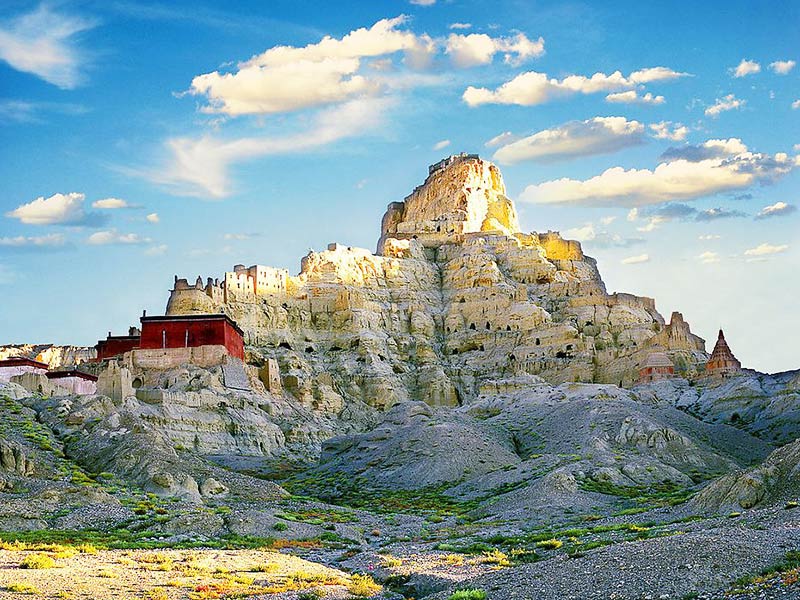





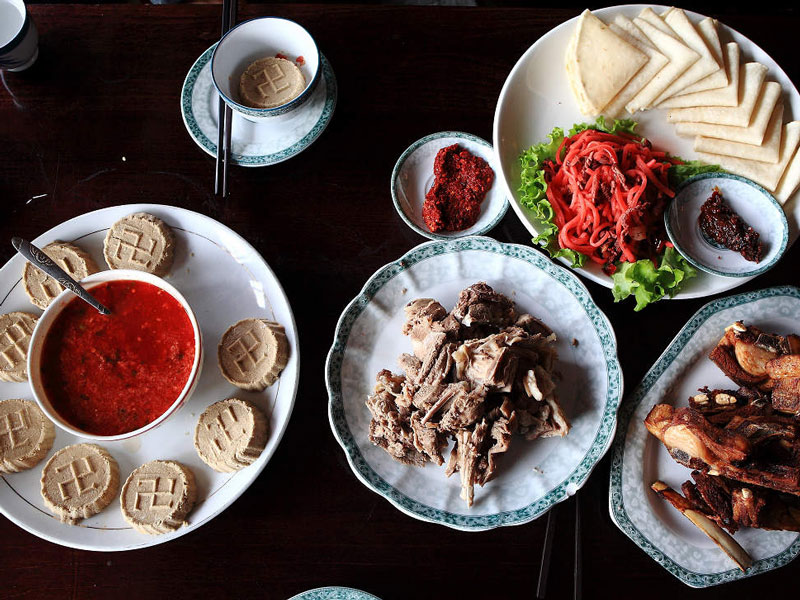
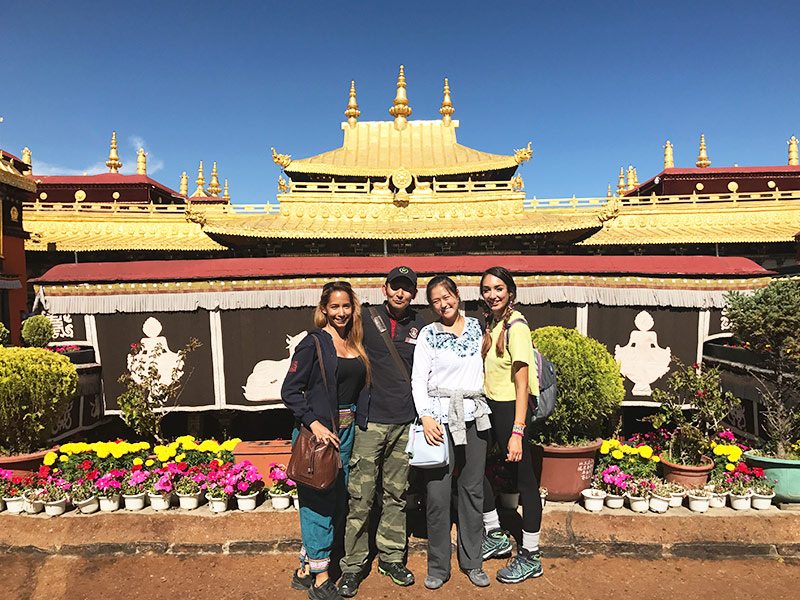
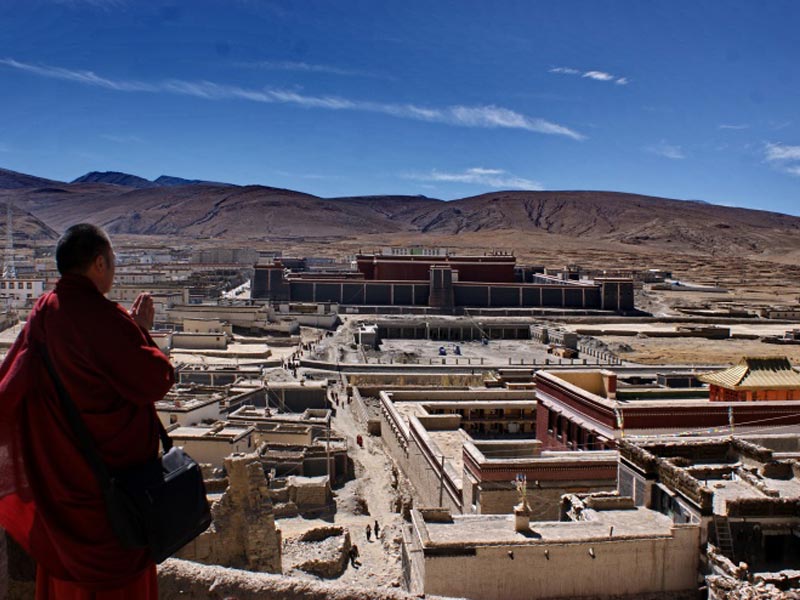

0 Comment ON "Journey to Lhanagtso Lake, The Most Mysterious Lake In Tibet"